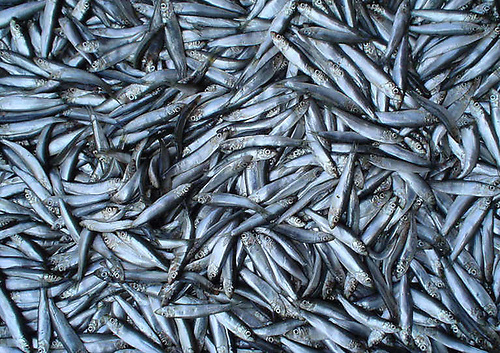
Marine Institute’s Fisheries Research Features in Euronews Documentary
25th January 2022 Marine Science
Dun Laoghaire Senator Calls for Investigation Into ‘Mary Kate’ Safety Issues
25th January 2022 Fishing
Cornish Gillnetter Detained in Celtic Sea Last Week Released Without Charge
25th January 2022 Fishing
€35m Brexit Infrastructure Fund to Support Coastal Communities Announced
24th January 2022 Irish Harbours


First Call Out of 2022 for Helvick Head RNLI as Fishermen Aided after 29ft Boat Breaks Down
13th January 2022 RNLI Lifeboats
Studies in Scientific Journal Nature on Reduced Overfishing Welcomed by BIM Scientist
13th January 2022 BIM

Video Shows Killybegs Fisheries Harbour as a Renewable Energy Sector Port
4th January 2022 Power From the Sea
Fears for Ireland’s Sprat Fishery as Record Year of Landings Comes at Expense of Ecosystem, Wildlife Groups Say
31st December 2021 Fishing
Pair Trawler Which Sank With Four Crew All Safely Rescued Issued No Alert, MCIB Report Notes
30th December 2021 MCIB
Paschal Hayes Appointed Executive Chair of Sea Fisheries Protection Authority
23rd December 2021 SFPA
Sea-Fisheries Protection Authority Says EU has Approved Interim Fisheries Control Plan for Ireland
23rd December 2021 SFPA






























































